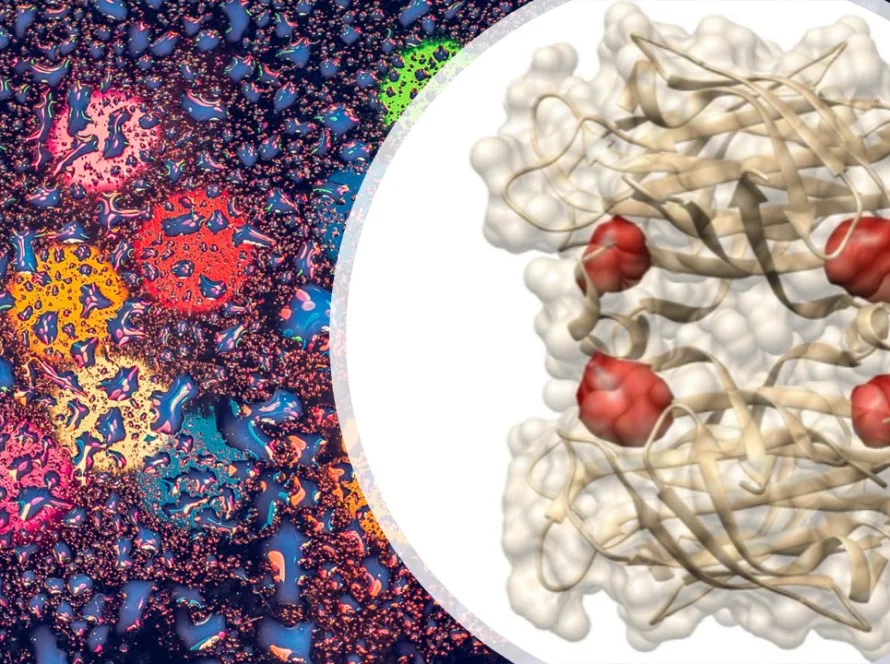Stem cell therapies have made significant progress on a global scale, presenting both opportunities and obstacles in the field of medical treatment. This contemporary overview aims to shed light on the latest advancements and hurdles encountered in utilizing stem cells for therapeutic purposes worldwide. Stem cell therapies, once confined to the realm of science fiction, are rapidly evolving into a reality with the potential to revolutionize modern medicine. These remarkable cells, capable of transforming into various specialized cell types, hold immense promise for treating a multitude of diseases and injuries. However, despite significant progress, the field of stem cell therapy continues to navigate a complex landscape of both remarkable advances and persisting challenges.
A Glimpse into the Promise
Stem cell therapies present a unique and promising approach to treating various diseases by targeting the root cause of the condition through tissue regeneration and repair. Unlike conventional medications that only address specific symptoms, stem cell treatments have the potential to offer transformative solutions for conditions with limited therapeutic options. Neurodegenerative diseases such as Parkinson’s disease, Alzheimer’s disease, and amyotrophic lateral sclerosis (ALS) involve the progressive loss of neurons. Stem cell therapies aim to either replace these lost cells or stimulate the growth of new ones, potentially slowing down or even reversing the course of these debilitating conditions.
In terms of cardiovascular diseases like heart failure, which is a leading global cause of death resulting in irreparable damage to heart muscle, stem cell therapy holds promise for regenerating damaged heart tissue. This could ultimately improve heart function and enhance the overall quality of life for affected individuals.
Additionally, musculoskeletal disorders caused by injuries or degenerative conditions impacting bones, muscles, and joints can significantly limit mobility and decrease quality of life. However, stem cell therapy offers hope for repairing damaged tissues while promoting healing processes that may alleviate pain associated with these disorders.
The Evolving Landscape of Stem Cell Therapies
The field of stem cell therapy has witnessed significant advancements in recent years. Several key areas illustrate this progress:
- Improved cell sources: Scientists are exploring various sources of stem cells, including embryonic stem cells (ESCs), induced pluripotent stem cells (iPSCs), and adult stem cells. Each source offers unique advantages and limitations, with ongoing research focusing on optimizing cell sources for specific therapeutic applications.
- Enhanced delivery methods: Efficient delivery of stem cells to targeted tissues is crucial for successful therapy. Researchers are continuously developing novel methods to deliver stem cells safely and effectively to specific sites within the body, enhancing their therapeutic impact.
- Gene editing advancements: CRISPR-Cas9 and other gene editing technologies offer unprecedented possibilities for tailoring stem cells for specific treatments. Researchers are exploring the potential of this technology to correct genetic defects in stem cells, further expanding their therapeutic potential.
Challenges and Considerations
Despite the remarkable advancements, significant challenges remain in translating the promise of stem cell therapy into widespread clinical application. Some key issues include:
- Safety concerns: Ethical considerations surround the use of embryonic stem cells, and the potential for tumor formation requires further investigation and careful monitoring.
- Cost-effectiveness: Developing and delivering stem cell therapies can be expensive, raising concerns about accessibility and affordability for patients.
- Regulation and standardization: Establishing robust regulatory frameworks and standardized protocols for stem cell therapy is crucial to ensure patient safety and treatment efficacy across diverse clinical settings.
Emerging Trends and the Future Outlook
The future of stem cell therapy is brimming with potential, driven by several encouraging trends:
- Personalized medicine: Researchers are exploring the potential of tailoring stem cell therapies to individual patients for a more personalized and effective approach.
- Combination therapies: Combining stem cell therapies with other treatments, such as drugs or physical therapy, offers the potential for synergistic effects, potentially improving patient outcomes.
- International collaboration: Global research collaborations are accelerating the pace of discovery and innovation in the field of stem cell therapy.
A Beacon of Hope for the Future
Stem cell therapies offer a beacon of hope for the future of medicine by providing potential treatments and cures for various severe diseases. Despite existing challenges, the continuous progress and research in this field bring significant promise. The ongoing evolution of stem cell therapy has the power to transform healthcare and enhance the well-being of countless patients globally.
References:
- International Society for Stem Cell Research. (n.d.). Retrieved March 7, 2024, from International Society for Stem Cell Research website: https://www.isscr.org
- Stem cells: What they are and what they do. (2022, March 19). Retrieved March 7, 2024, from Mayo Clinic website: https://www.mayoclinic.org/tests-procedures/bone-marrow-transplant/in-depth/stem-cells/art-20048117
- Introduction to Stem Cells. (n.d.). Retrieved March 7, 2024, from Nih.gov website: https://stemcells.nih.gov/info/basics
Mukherjee, S., Yadav, G., & Kumar, R. (2021). Recent trends in stem cell-based therapies and applications of artificial intelligence in regenerative medicine. World Journal of Stem Cells, 13(6), 521–541. doi:10.4252/wjsc.v13.i6.521. https://www.ncbi.nlm.nih.gov/pmc/articles/PMC8246250/





